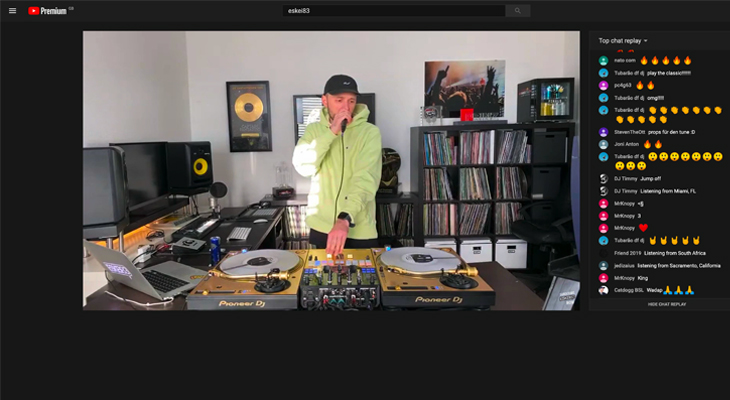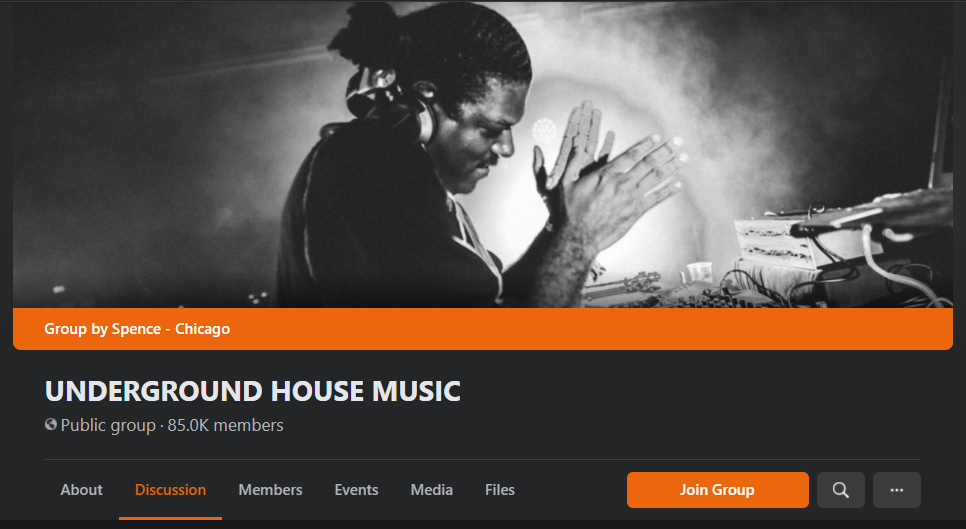Identifying a target audience is like painting a picture — a very valuable picture.
While it would be nice to sell to everyone, it's much more effective to have a specific set of people that are much more likely to buy into your product, and focus your marketing efforts on them. Defining a target audience is a common practice, so you can carry this information anywhere.
Answer the following questions, and you'll get a more precise idea of your target audience.

01
Who has the problem we're trying to solve?
Don't think about who would like to have this product. Think about people who need it. Think about people who hurt without it, in some form or another.
There is nothing that has ever been sold that does not solve a real or perceived problem someone has. Pretty much all products also alleviate some negative emotion associated with that problem.
Different kinds of people will have different kinds of pain points. Throughout the process of determining your target audience, you'll also group them into different segments. Not all segments of your target audience will respond to your marketing efforts in the same way. Keep this in mind for later, when we work on content marketing.
02
What kind of demographics do they fit into?
Think about what kind of external, measurable features define the people you'd want to sell to. Are they men or women? Young or old? Outgoing or shy? Wealthy or poor? College-educated or burnouts? What are their jobs? Where do they live?
A lot of customers may not fall into specific categories. Anyone with any gender identity can use SYQEL. Anyone who uses the internet can use this software. Perhaps college-educated individuals have less time for hobbies or raves, but not necessarily.
In this instance, our customers are probably not incredibly wealthy, or they would have paid for some high-tech solution already. They're also probably not very high-tech themselves, or they would've also come up with a solution already. Many of our customers are most likely to be younger, some doing live streams. But, again, that's not always true — DJing is not just for the young.
Ask the man, the myth, the legend: Goa Gils (pictured on the right.) He's been DJing since the 1970s and is still spinning worldwide.


03
What kind of interests do they have? What subcultures do they fall into?
Our potential customer base seems extremely vast. Really anyone who likes music would enjoy this.
But the people who need this either spin their own tracks or listen to a very specific kind of music that would be complemented nicely by the SYQEL app. (Read: rave music.)
There's also a very trippy, psychedelic quality to this software. People within the psychedelic subculture might feel as though they're missing out on a great experience by not having SYQEL to visualize music while tripping. So they need to have it.
If demographics describe what they're like on the outside, interests describe what's on the inside. And subcultures are the gatherings of people who all have that same interest.
04
How does your target audience think and behave?
What kind of personality does your target audience have? What kind of values do they have? Do they value individuality or sharing? What kind of behaviors do they have? Are they impulse buyers, or do they carefully consider their purchases? What kind of lifestyle do they have? Are they more relaxed and laid back, or more calculated and strict?
This can vary across target audiences for this product. Serious DJs may value high-quality equipment, and be willing to pay a little more for more functionalities. People in the psychedelic subculture may just want something that's cool, easy, and works.
The variations in how your target audience segments behave will help you decide what kind of promotion strategies will work for each.


05
Where does your target audience get their information?
Everyone needs information. That's why it's called a "search".
What kinds of things do your various segments need or want to know? What kinds of searches are related to their interests?
Where do they find this information? On blogs, official websites, from individuals or influencers? On social media or dedicated forums?
Positioning yourself as a relevant source of information in these places will establish your credibility and trustworthiness. This will go a long way with potential customers — no one wants to buy a product from a random, unknown vendor with no credibility.
06
Where does your target audience socialize?
Your target audience is online for information, but they also just share with each other.
Are they in Facebook groups dedicated to sharing music, art, or cultural knowledge? Does your target audience all follow a hashtag on Instagram? Are they in groups that organize festivals or trips?
When you know where they hang out, you know where exactly to find and engage with them in an extremely low-cost way.

Once you have your target audience,
it's time to develop ways to reach them.
Taking the time to think about the kind of people you're going to try to reach will make actually reaching them so much easier. Instead of taking shots in the dark with your marketing efforts, you can make pointed, effective content that will convert.
Design your marketing materials.